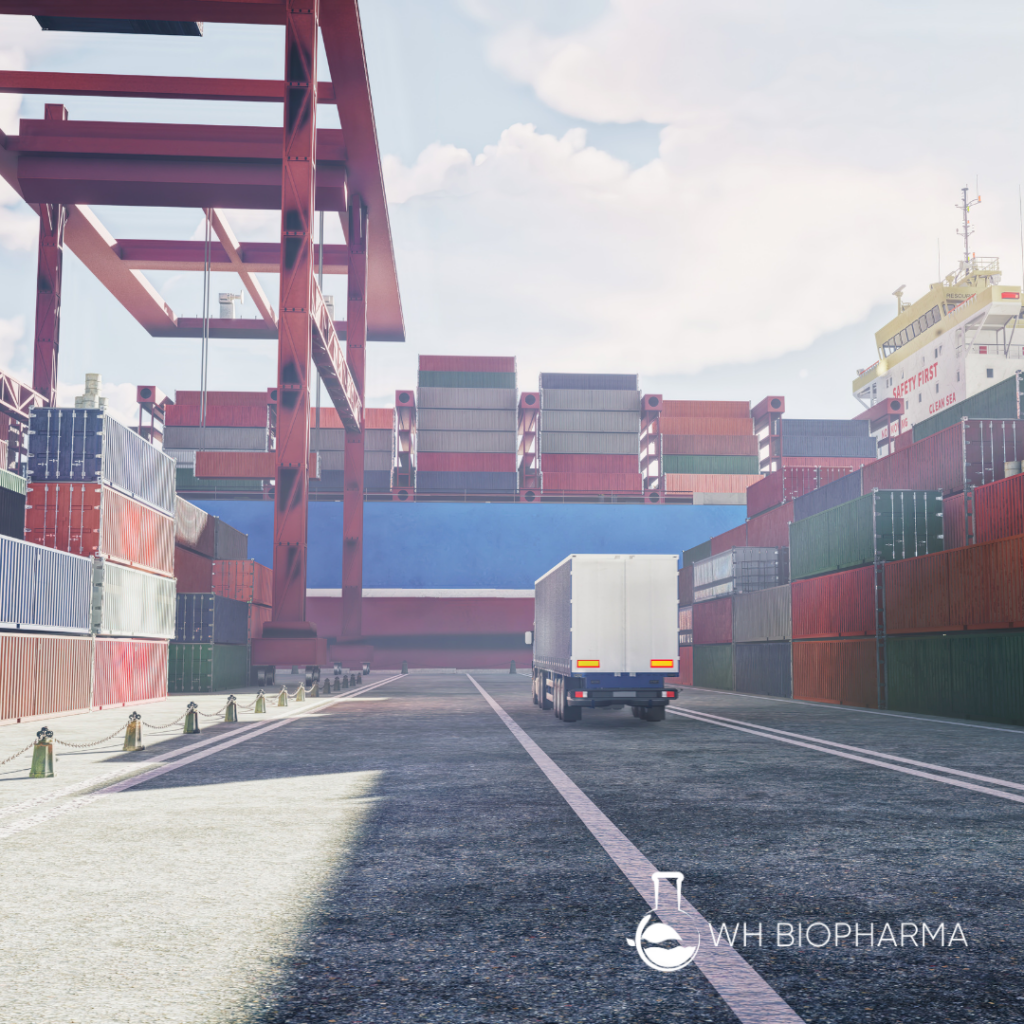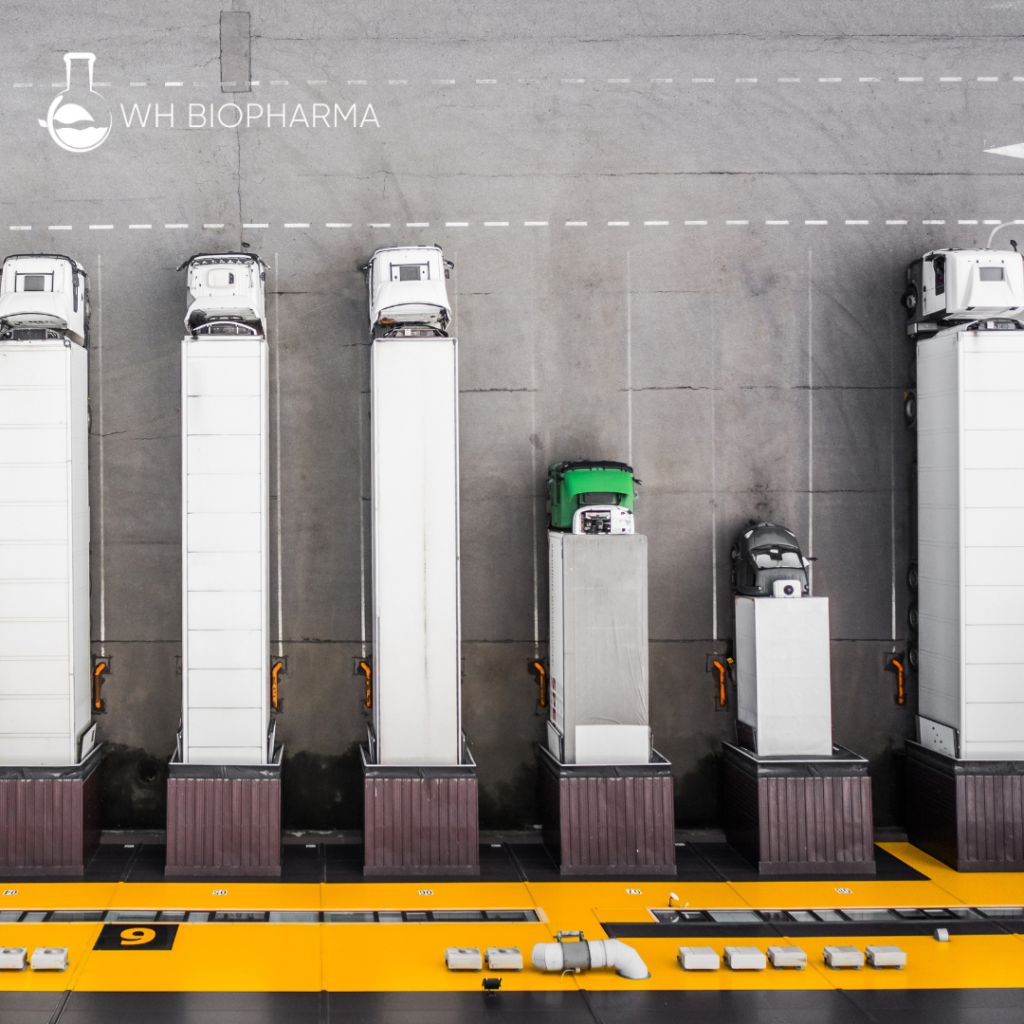As we step into a new year, the logistics industry is poised for further evolution and innovation, driven by changing consumer expectations, technological advancements, and global market dynamics.
Let’s get into the key trends shaping the landscape of third-party logistics (3PL) and what businesses can expect in the 3pl trends in the coming year.
Embracing Technological Advancements

Technological advancements continue to revolutionize the logistics industry, offering opportunities for enhanced efficiency, visibility, and improved customer satisfaction throughout.
From data analytics and artificial intelligence to warehouse automation and route optimization, 3PL providers are leveraging advanced technologies to streamline processes, reduce operating costs, and meet evolving customer demands.
Data is the new currency in logistics, and 3PL providers are harnessing its power through advanced analytics and artificial intelligence (AI).
By analyzing vast amounts of data from various sources, including inventory levels, transportation routes, and customer preferences, 3PLs can make informed decisions to optimize operations, improve route planning, and enhance logistics operations’ overall efficiency.
Warehouse automation is reshaping the way goods are stored, picked, and packed. With the adoption of technologies such as robotics, automated guided vehicles (AGVs), and conveyor systems, 3PL providers can increase throughput, minimize errors, and reduce labor costs in warehouse operations.
Automated picking and packing processes in warehouse space also enable faster order fulfillment, meeting the demands of e-commerce and omnichannel retail.
Meeting Sustainability Goals
With growing awareness of environmental issues and rising consumer and customer expectations for sustainable practices, 3PL providers are increasingly adopting eco-friendly initiatives to reduce carbon emissions and minimize their environmental footprint.
From adopting electric vehicles and alternative fuels to implementing warehouse automation and optimizing delivery routes, sustainability is becoming a key focus area for the logistics industry.
Sustainability has become a top priority for global logistics and providers, driven by the need to reduce carbon emissions, minimize environmental impact, and meet the expectations of eco-conscious consumers.
With the transportation sector being a significant contributor to greenhouse gas emissions, logistics companies are under pressure to adopt sustainable practices and reduce their carbon footprint.
Sustainable Supply Chain Practices
Beyond technological advancements, logistics providers are adopting a holistic approach to sustainability by implementing sustainable supply chain practices. This includes sourcing eco-friendly packaging materials, optimizing packaging design to reduce waste, and implementing recycling and waste management programs in warehouses and distribution centers.
By working with suppliers and partners who share their commitment to sustainability, logistics companies can create a more environmentally responsible supply chain.
Collaboration and Partnerships
Collaboration is key to achieving sustainability goals in the logistics industry. Logistics providers are partnering with customers, suppliers, government agencies, and environmental organizations to share best practices, develop innovative solutions, and drive collective action towards a greener future.
By working together, stakeholders across the supply chain can leverage their collective expertise and resources to implement sustainable initiatives that benefit both the environment and the bottom line.
Measuring and Reporting Sustainability Performance
Transparency and accountability are essential aspects of sustainable logistics practices. Logistics providers are increasingly measuring and reporting their sustainability performance, tracking key metrics such as carbon emissions, energy consumption, and waste generation.
By setting ambitious sustainability targets and regularly reporting progress, logistics companies demonstrate their commitment to environmental stewardship and build trust with customers, investors, and the wider global trade community.
Enhancing Customer Experience
In today’s competitive landscape, customer experience is paramount. 3PL providers are investing in technologies and strategies to improve service quality, enhance efficiency, streamline processes, and offer convenient deliveries.
By adopting robust cybersecurity measures, efficient communication channels, and excellent customer service, 3PLs aim to enhance customer satisfaction and loyalty in an increasingly digital world.
Customer experience encompasses every interaction a customer has with a brand, from browsing products online to receiving orders at their doorstep.
In the logistics industry, customer experience extends beyond the delivery and logistics process, to include factors such as order accuracy, timeliness, communication, and post-purchase support. Positive customer experiences not only lead to increased satisfaction and loyalty but also serve as a competitive differentiator in today’s crowded marketplace.
Addressing Labor Challenges
Labor shortages and rising labor costs pose significant challenges to the logistics and 3pl industry now. To mitigate these challenges, 3PL providers are exploring innovative solutions such as warehouse automation, machine learning, and artificial intelligence to improve productivity, reduce reliance on manual labor, and retain talent in a competitive market.
Adapting to E-commerce Boom
The e-commerce sector continues to experience exponential growth, driving a growing demand for efficient and reliable logistics solutions. 3PL providers are expanding their capabilities to meet the unique requirements of online retailers, offering comprehensive solutions for order fulfillment, last-mile delivery, and inventory management to support the e-commerce boom.
One of the key challenges logistics providers face in the e-commerce era is the need for fast and efficient order fulfillment. With consumers expecting shorter delivery times and seamless experiences, logistics companies are investing in technology and infrastructure to optimize fulfillment operations. This includes the use of warehouse automation, robotics, and advanced picking and packing systems to speed up order processing and reduce turnaround times.
Last-mile delivery, the final leg of the delivery process from distribution center to customer doorstep, is a critical component of e-commerce logistics. Logistics providers are expanding their last-mile delivery capabilities by partnering with local couriers, deploying delivery drones and autonomous vehicles, and implementing innovative delivery solutions such as locker pickups and same-day delivery services. By offering flexible and convenient delivery options, logistics companies are meeting the expectations of today’s demanding online shoppers.
Forecasting Demand and Mitigating Disruptions
Demand forecasting and supply chain visibility are critical for optimizing supply chains operations and mitigating disruptions. 3PL providers are leveraging data-driven decisions and advanced analytics to anticipate consumer demands, optimize inventory levels, and ensure seamless supply chain operations in an unpredictable global economy.
Leveraging Data Analytics and Predictive Modeling
In the era of big data, logistics providers are harnessing the power of data analytics and predictive modeling to enhance demand forecasting accuracy. By analyzing vast amounts of data from multiple sources, including sales transactions, customer behavior, and external market indicators, logistics companies can identify patterns, trends, and anomalies that influence demand dynamics. Advanced predictive algorithms enable logistics providers to generate more accurate forecasts, reducing the risk of stockouts or excess inventory.
Collaborating with Supply Chain Partners
Collaboration is key to effective demand forecasting and mitigation of disruptions in the supply chain. Logistics providers are collaborating closely with suppliers, manufacturers, distributors, and retailers to share information, exchange forecasts, and align production and inventory levels. By fostering a collaborative ecosystem, supply chain partners can respond more quickly to changes in demand and mitigate disruptions through proactive planning and coordination.

Implementing Agile and Flexible Supply Chain Strategies
Agility and flexibility are essential characteristics of resilient supply chains. Logistics providers are adopting agile supply chain strategies that allow for rapid adjustments in response to changing market conditions, demand fluctuations, and unexpected disruptions. By implementing flexible production schedules, multi-sourcing strategies, and dynamic inventory management practices, logistics companies can adapt to unforeseen challenges and maintain continuity in operations.
As the logistics industry continues to evolve, 3PL providers play a crucial role in navigating the complexities of supply chain management and meeting the evolving demands of businesses and consumers alike.
By embracing technological advancements, adopting sustainable practices, enhancing customer experience, and addressing labor challenges, 3PLs are well-positioned to drive innovation businesses expand further, improve profitability, and shape the future of logistics in the coming year and beyond.





